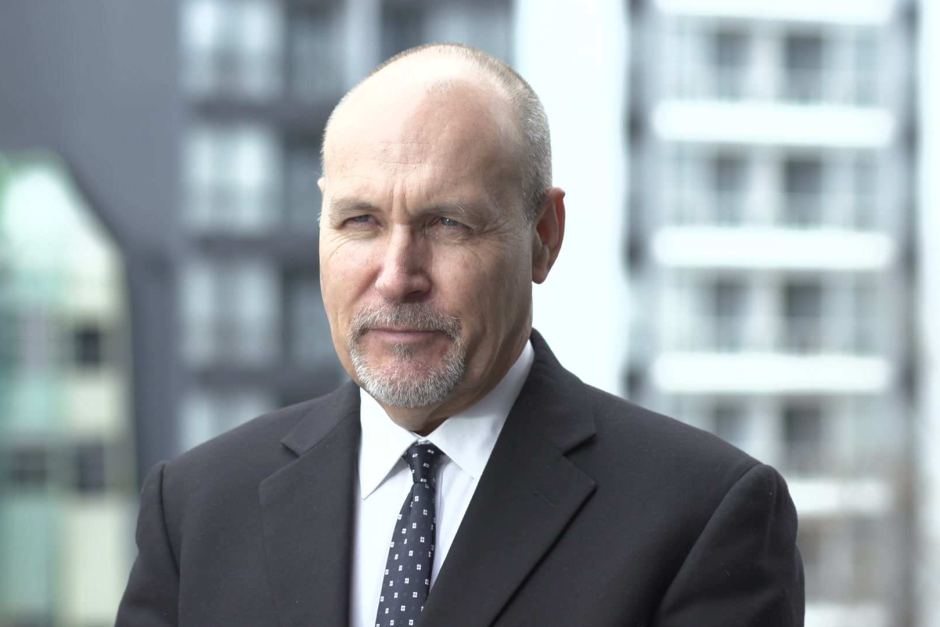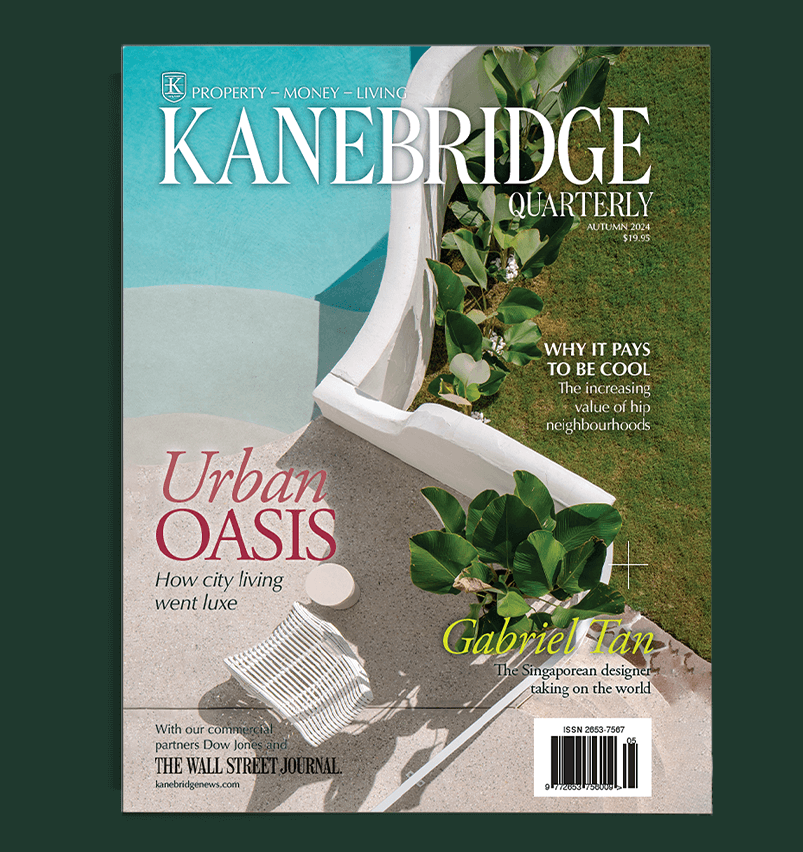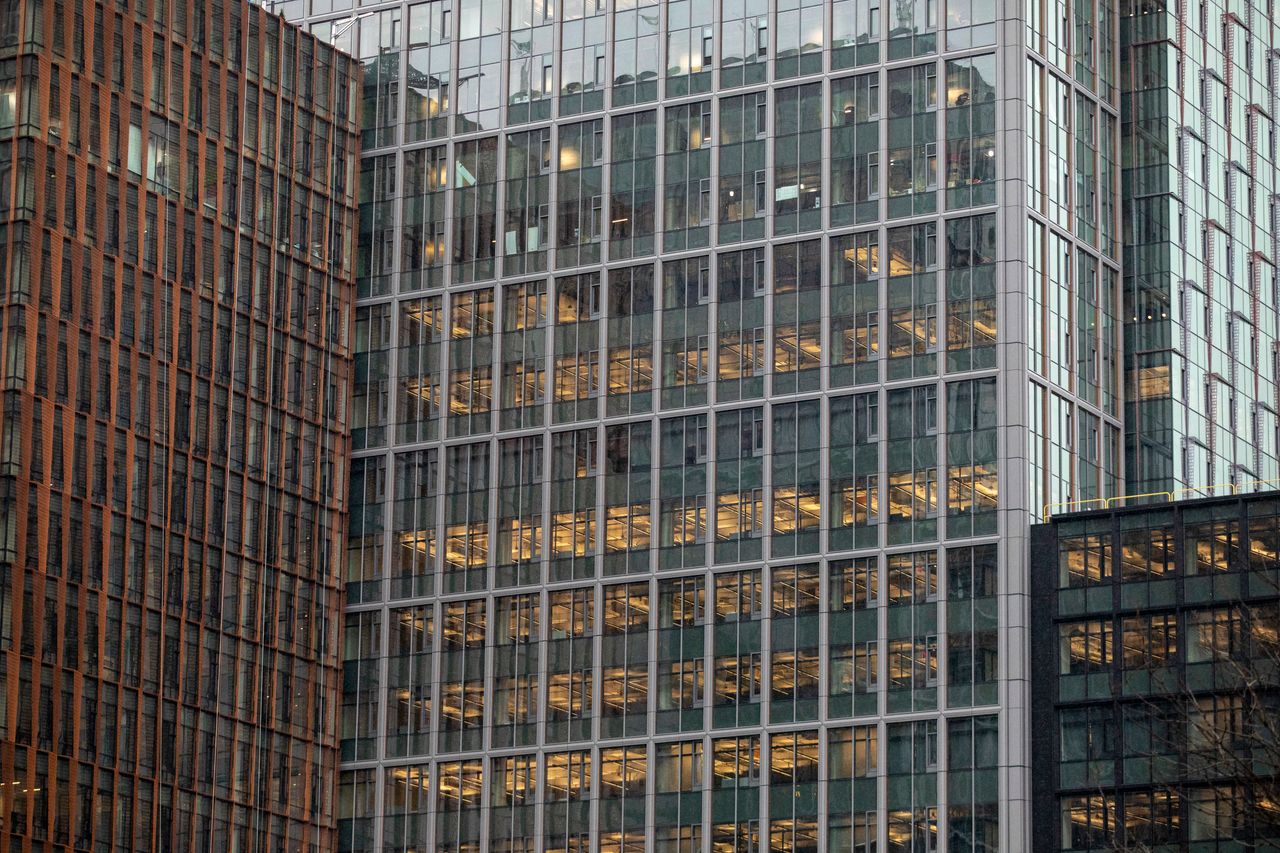Spring — A Stalled Seller’s Market
Does the roadmap out of COVID mean spring selling will finally get underway?
Spring may have sprung — but Australian property’s most important residential selling season has yet to bloom.
Despite well-documented records tumbling across the country the past 12 months, all eyes were set on spring and what September would deliver, especially given the moving lockdowns that framed the key metro markets of Sydney and Melbourne.
Predictions are often fraught with miscalculations, however with the end of lockdown now in sight for Sydneysiders and the wider country pushing towards an eventual ‘reopening’, what’s in-store for the remainder of the so-called selling season?
Adrian Kelly, president of the Real Estate Institute of Australia thinks that history is bound to repeat itself.
“Last year when the lockdown restrictions were lifted, all markets bounced back with a vengeance due to all the pent-up demand from being unable to list,” said Mr Kelly. “The same will happen this year as demand is still incredibly strong, coupled with low supply.”
Demand, he adds, continues to drive interest on the back of diminished stock levels.
“Despite the low interest rate environment, we aren’t seeing the usual new properties coming to market. In fact, spring listings are down by a staggering 20% across the county.”
Dr Andrew Wilson, chief economist My Housing Market, also believes in a market reset.
“They’re [lockdown measures] a bit like pressing the pause button on the market. What we do is understand where markets were prior to lockdown, where they were heading, and then once we get over the speed bump, understand that they’ll take off from where they were when the interruptions occurred,” said Dr Wilson.

Not all markets are created equal and while Melbourne faces a taller task in returning to a level of ‘normality’ — with agents only recently able to again show properties in person — signs are positive.
after a slow start to spring the Melbourne market, with listing numbers reaching a recent low in the first week of September, the trend has surged 48.5% in the last rolling four-week count, according to CoreLogic, with restrictions on property inspections lifted.
A look at last weekend’s auctions results further heralds an ascendent return.
Despite a dramatic halving of listings — 269 auctions compared to the previous weekend’s 434 — Melbourne’s clearance rate remained strong at 79.3%.
According to My Housing Market, Sydney claimed a clearance rate of 85.2% — its eighth consecutive weekend over 80% — across 641 listings with a median sale price of $1,744,000 for houses sold at auction.
Dr Wilson believes a true Sydney surge, like that in the early part of this year, will be seen as the markets open up.
“As a consequence of a lot of buyer demand having been satisfied and affordability falling, we won’t see the same surge that we’ve had previously this year, but we’ll still see prices growth nonetheless,” said Dr Wilson
“We’re heading, if we finally get there, to sort of more of a normalised environment for house prices, which I believe will grow over the long-term at 3% to 4% a year in major markets [Sydney and Melbourne] even though we’re going to see a 25% increase at Sydney median this year.”
Despite the positive spring predictions and recent upticks, both key metro markets remain prohibitive for first home buyers. It’s a situation Dr Wilson only sees worsening, his data from My Housing Market claiming the number of first home buyers down the last six months in a row, from March to August, for the first time since the 2009 GFC recovery.
“First home buyers are virtually collapsing at the moment and they don’t have a number of those stimulus packages which were also helping them last year. They’re not as significant, those support packages for first home buyers, either at the national level or at the state level,” added Dr Wilson.
As for the shadow cast by talk of a recession? Mr Kelly points to such previously being overcome.
“There is a big difference with the recession we saw during the GFC to the recession we may see this year. And that is that the GFC at the time didn’t seem to have any end date, hence the uncertainty. This time around, we can see an end date approaching of sorts and that obviously revolves around vaccination rates and lifting of restrictions,” said Mr Kelly.

While Dr Wilson agrees in regards to the strength of the property market he concedes there’s little government intervention to offset the effect of an economic downturn.
“We’re certainly closer to a real type of recession over that because we’ve got two big economies in Sydney and Melbourne involved this time… We don’t have the same level of stimulus from the government to offset it [recession]. Economic downturns don’t really affect the housing market. Now, the reason behind that is because they’re usually offset by stimulus in monetary policy.”
For Mr Kelly, the advice upon entering what is the property market’s most important season is to research heavily, have finance approved and not fear looking further afield.
For Dr Wilson, a more cautious approach is recommended.
“It’s still a seller’s market. And the data continues to show us that … sure, there aren’t as many buyers around. But at the same token, there aren’t as many sellers around to force competition.
reia.com.au / myhousingmarket.com.au
This stylish family home combines a classic palette and finishes with a flexible floorplan
Just 55 minutes from Sydney, make this your creative getaway located in the majestic Hawkesbury region.
Bryan Graybill and Daniel Dokos built their dream home in Sag Harbor but are now selling it because their goldendoodle Rufus gets “pouty” when he’s there
Shortly after Bryan Graybill and Daniel Dokos moved into their dream home in Sag Harbor, N.Y., in 2022, the couple realized they had a problem: Their beloved Covid dog, a redheaded goldendoodle named Rufus, didn’t like the house.
“He was sort of a little pouty,” said Graybill, an interior designer, who said they adopted Rufus from a dog breeder in Montecito, Calif., where they rode out the pandemic.
Now, the couple is doing what any self-respecting dog parents would do: They are moving.
“I’m slightly ashamed to admit that we’ve become ‘those people,’ making life decisions around our dog,” said Graybill. And yet, he said, “He’s the joy of our life.”
The house is coming on the market for $14.95 million, said Preston Kaye of Hedgerow Exclusive Properties, which is co-listing the property with Noble Black and Erica Grossman of Douglas Elliman . Graybill and Dokos, a lawyer, who also have homes in East Hampton and Montecito, plan to split their time between the two. They also have a place in New York City.
Before Rufus, Graybill said the couple thought the newly built Sag Harbor house would be their “forever home.”
When they got married in 2015, they lived mainly in East Hampton and began building a house there. During construction, they rented a place in Sag Harbor and unexpectedly fell in love with the area and bought property there, too. “It’s sort of a vibrant little town, even in the middle of winter,” Graybill said. They wound up renting out the newly built East Hampton house until recently.
In 2018, they paid $2.65 million for a nearly ½-acre property in Sag Harbor with about 110 feet of frontage on Upper Sag Harbor Cove. Graybill said at the time, the property had a modest, roughly 1,600-square-foot house built in the 1950s.
Graybill said he initially assumed the house would be overly-complicated to renovate because of its proximity to the water. “Buying the property was a roll of the dice,” he said. “We didn’t know how much we could do.”
As it turned out, they could do quite a bit.
Diving into historic research, the couple learned that a stretch of the now-defunct elevated railroad that once ran from Bridgehampton to Sag Harbor crossed a corner of their property, which was also home to a warehouse during the area’s whaling heyday in the 1800s.
With approval from local officials, Graybill and Dokos substantially renovated the 1950s home, building a roughly 4,200-square-foot house with five bedrooms in its footprint. “It required a huge feat of engineering acrobatics to figure it out,” Graybill said. Because the house is set back 12 feet from the water, they were able to add a pool, a pool house and a two-car garage between the house and the street.
Graybill said the property’s original 1880s building inspired him to commission a warehouse-like structure with loading dock doors, high ceilings and open spaces. Part two of the design was to convert the industrial space to a home, using features like interior window walls. Permitting took about three years, and it took another two years to complete construction.
Graybill said despite being smaller than their East Hampton home, which is about 6,500 square feet, the house in Sag Harbor felt “intimate” and had all the amenities they wanted, including a pool, a pool bar and an office that looks west over the cove and north over a marsh and bird sanctuary. Graybill, who trained in London under the late restaurant designer David Collins , said he adopted certain U.K. sensibilities in the Sag Harbor home, such as high-set windows to maximise natural light, and a “boot room” near the front door where visitors can sit and remove their shoes and coats. The large kitchen is a “working” kitchen with pots and pans hanging within reach. “It’s not a relaxation area,” he said. “You’re in the kitchen to cook.”
They spent about $8 million on construction, landscaping and hard and soft costs, Graybill said. “I thought it would be our forever home, so I really leaned into everything being custom.”
Graybill said they “went a little indulgent” on interior finishes like light fixtures, paint, plaster and kitchen appliances, and the windows were made in Charleston, S.C., by a company specialising in historic windows.
The median sale price in Sag Harbor was $1.9 million during the fourth quarter of 2023, down 12% from the prior-year period, according to real-estate appraisal firm Miller Samuel. But sales were up 61.5% year-over-year during the quarter, while inventory rose 16.8% compared with the fourth quarter of 2022.
Graybill said they designed the house before adopting Rufus, so there are no doggy amenities. “Gosh no, and as a result he sleeps in the bed with us and walks freely on whatever furniture he wants,” he said. After a romp on the beach, Rufus also bathes in their tub. (Graybill said part of the decision to move to East Hampton is that the house there has a covered porch where they can put a dog sink.)
Like other pet owners, Graybill and Dokos adopted Rufus during Covid when they were living in Montecito and spending more time at home. “Dan had never had a dog,” said Graybill, who grew up with poodles and lab retrievers and was initially reluctant to get a dog because he knew how much responsibility it would be. “We like our freedom,” he said.
But Graybill said one night as they lay in bed, Dokos texted him a picture of a local breeder’s two golden doodles. “One was William and one was Harry,” he recalled. When they went to see the dogs the next day, Harry—the smaller of the pups—ran right up to Dokos. They brought him home that afternoon and named him Rufus, which means redheaded in Latin. The trio fell into a new routine that included daily jaunts on the beach.
Graybill said when they moved to Sag Harbor, Rufus’ joyful demeanour changed.
They took him to nearby bay beaches, but they were narrow and a bit rocky. “The dog was constrained,” Graybill said. He couldn’t run as fast or as far as he had in California. “He couldn’t dig.”
Graybill said he and Dokos thought Rufus would acclimate until they drove to East Hampton one day and the dog was back in his element. “The smile on his face—if dogs could smile—I said to Dan, ‘I think the dog is happier in East Hampton,’” Graybill said.
Graybill said he has no regrets about deciding to sell the house, in part because he and Dokos enjoyed the building process together. “I’m giving up this life we wanted to build in Sag Harbor,” he said, “but I’m gaining this daily ritual of going to the beach with my husband and dog, and I just really cherish that.”
Consumers are going to gravitate toward applications powered by the buzzy new technology, analyst Michael Wolf predicts
Just 55 minutes from Sydney, make this your creative getaway located in the majestic Hawkesbury region.



















